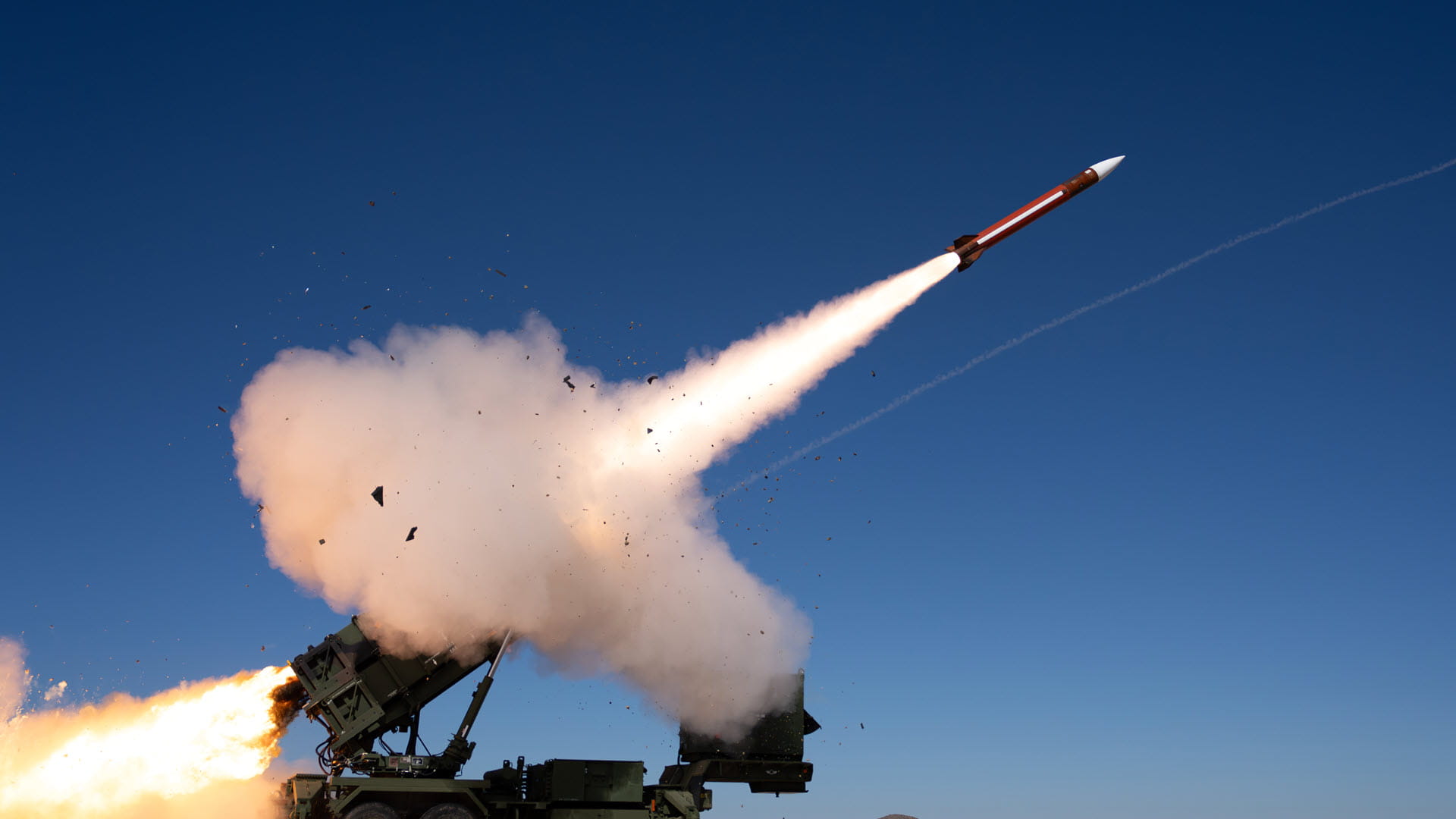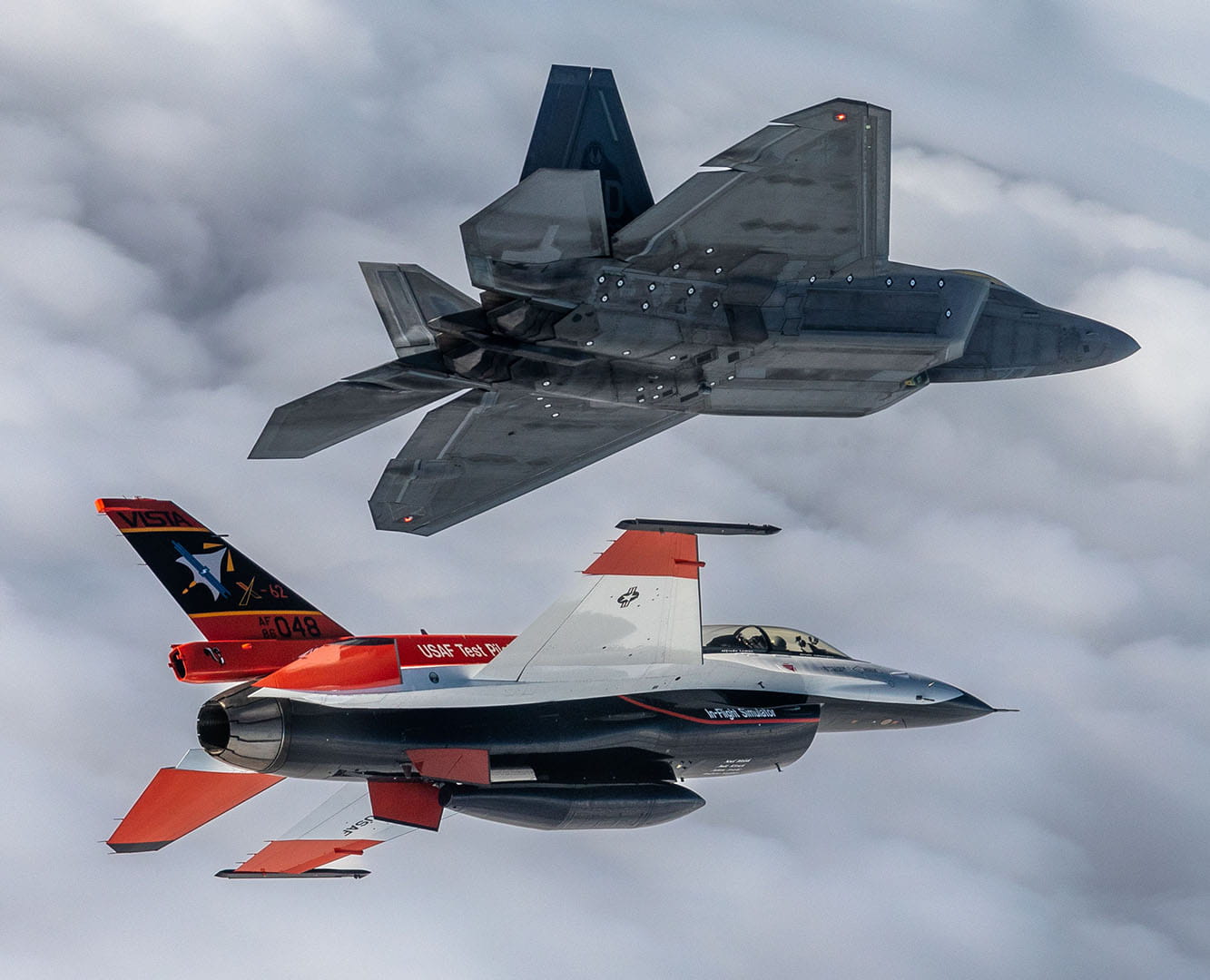Swarms aren’t just for the sky: how undersea vehicles will help in battle
Vatn, backed by RTX Ventures, is one startup expanding undersea capabilities
A white pickup truck coasted along a rocky beach and parked near the water. The driver got out and retrieved two silver cylinders from the truck bed. With one in each hand, he walked into the surf, placed them in the water and watched them swim away.
The cylinders were underwater autonomous vehicles pre-loaded with a route, and their mission was to navigate to multiple check points on their way to a final location. The test was one of many to demonstrate one of the vehicles’ main goals: finding targets without human assistance or a GPS signal.
The vehicles are known as Skelmir – an old Norse word for “scoundrel” – and the driver was an operator from Vatn, the Portsmouth, Rhode Island, startup that created them. The vehicles can send and receive information in communications-denied environments, act as torpedoes, and – most importantly – they are less expensive, lighter and easier to transport than other vehicles of their kind.
Skelmir’s abilities – specifically its potential to help the Department of Defense achieve what it calls “affordable mass,” or one person controlling swarms of low-cost weapons – are among the reasons RTX’s venture capital group, RTX Ventures, has invested in the company.
“The U.S. military will have to be able to project force and understand what’s happening underwater to a greater degree and in a manner faster than we can build submarines and expensive systems,” said Nelson Mills, Vatn CEO and co-founder. “State of the art right now is, you have a team of people who are deeply trained in an underwater system deploying it. We’re trying to shift that so that one person or a small team can deploy tens, hundreds or thousands of vehicles.”
What makes Skelmir unique?
Light
Portable
Flexible
Their first prototype – developed in just six months in 2023 – was simple and proved it could navigate on its own. Since then, Vatn has added layers of capability including acoustic communications, payloads, and new autonomous behaviors like obstacle avoidance and detection. The startup has also integrated command-and-control systems and shown the ability to operate a swarm with a predetermined mission.
Vatn will open a new facility in July 2025 that can produce more than 2,000 autonomous underwater vehicles per year – one of the country’s largest facilities of its kind. This year they also plan to demonstrate true collaborative autonomy, where vehicles can communicate during a mission and work together to achieve their assigned objective.
Affordable mass and collaborative autonomy are priorities for the defense industry – including RTX.
“Vatn’s solution enables a whole new set of missions for the customer. The low-cost nature and the robustness of the technology is really attractive and aligned with what we’re hearing the Department of Defense needs for this new age of warfare,” said Dan Ateya, RTX Ventures president. “There are many exquisite systems in place already, but having these low-cost, high-volume and very effective autonomous systems will enable a more versatile and resilient force.”
RTX invests $7.5 billion a year in its own research and development, so why invest in startups like Vatn?
“Externally, there’s a massive amount of capital in private markets funding companies that are developing products and technologies that complement what we’re doing internally,” Ateya said. “We can invest in these companies, support them, get to know them early, understand their challenges and partner in ways that are mutually beneficial to the startups, RTX and our customers.”
RTX Ventures invested in its first eight companies in 2021. Today, RTX Ventures has 21 companies in its portfolio and has identified over 100 ways they could partner with teams across RTX including co-developing new capabilities or bringing new technologies into existing products.
“We’re building a pipeline of very exciting projects,” Ateya said.
Some of the greatest potential, Ateya and Mills said, is in integrating Raytheon sensors or effectors onto Vatn vehicles. RTX would benefit from Vatn’s speed to market, and Vatn would enjoy access to RTX resources, including its nearby test and manufacturing facilities in nearby Portsmouth, Rhode Island.
“We have a talented team of engineers that aren’t restricted by any kind of red tape. We work to fail fast, rapidly correct those issues and test quickly,” Mills said. “That enabled us to get to a working prototype much more quickly than we could have otherwise.”
The best part of starting Vatn, Mills said, has been watching its team grow from four founders in 2023 to more than 30 employees who take on hard engineering tasks and build successful products.
“That’s my favorite part about building. I was an investor before, which was fun, but my favorite part about building a company and a product is going from an idea to, ‘Wow, this actually works and has an effect,’” Mills said. “It’s a wild, wild ride.”


